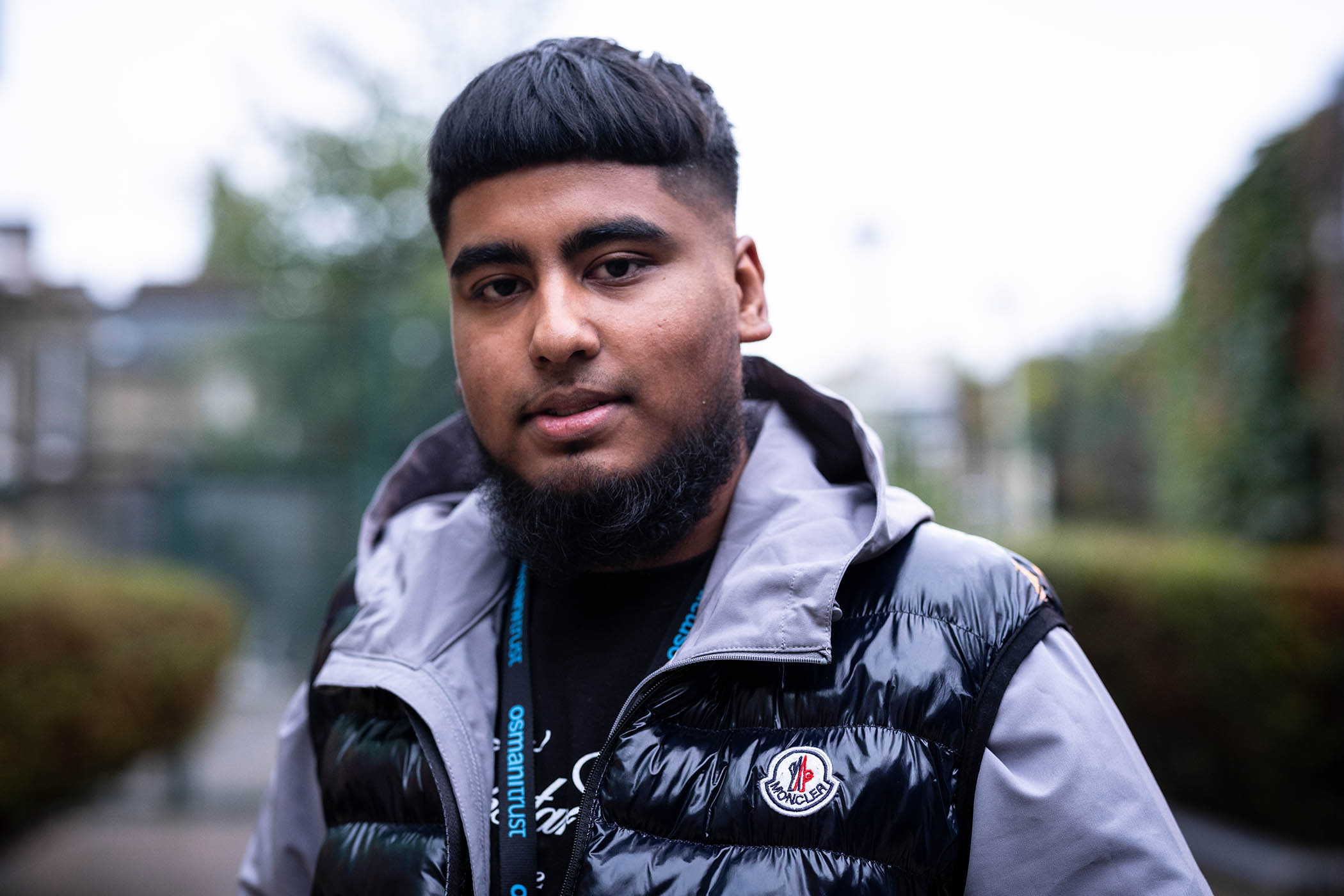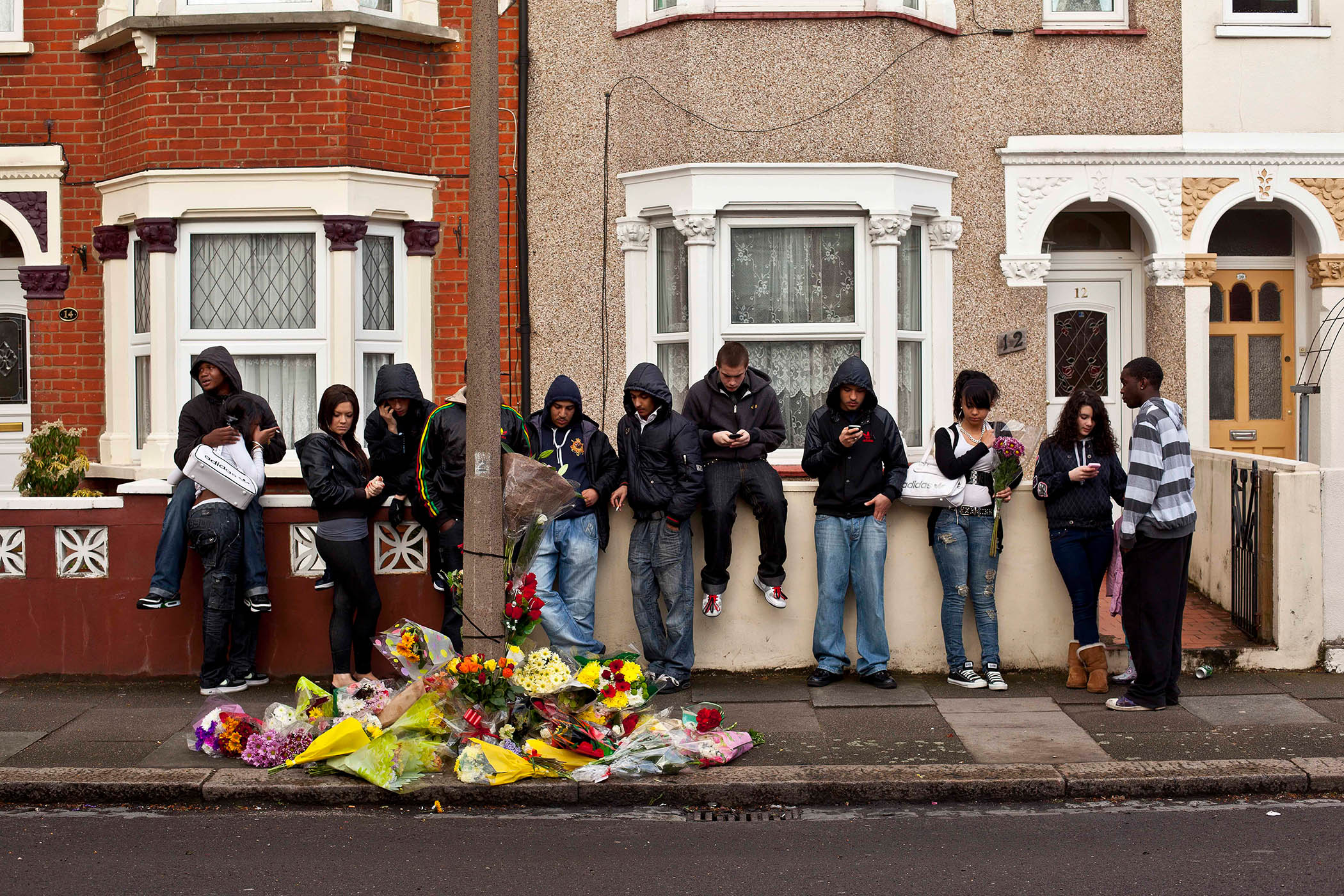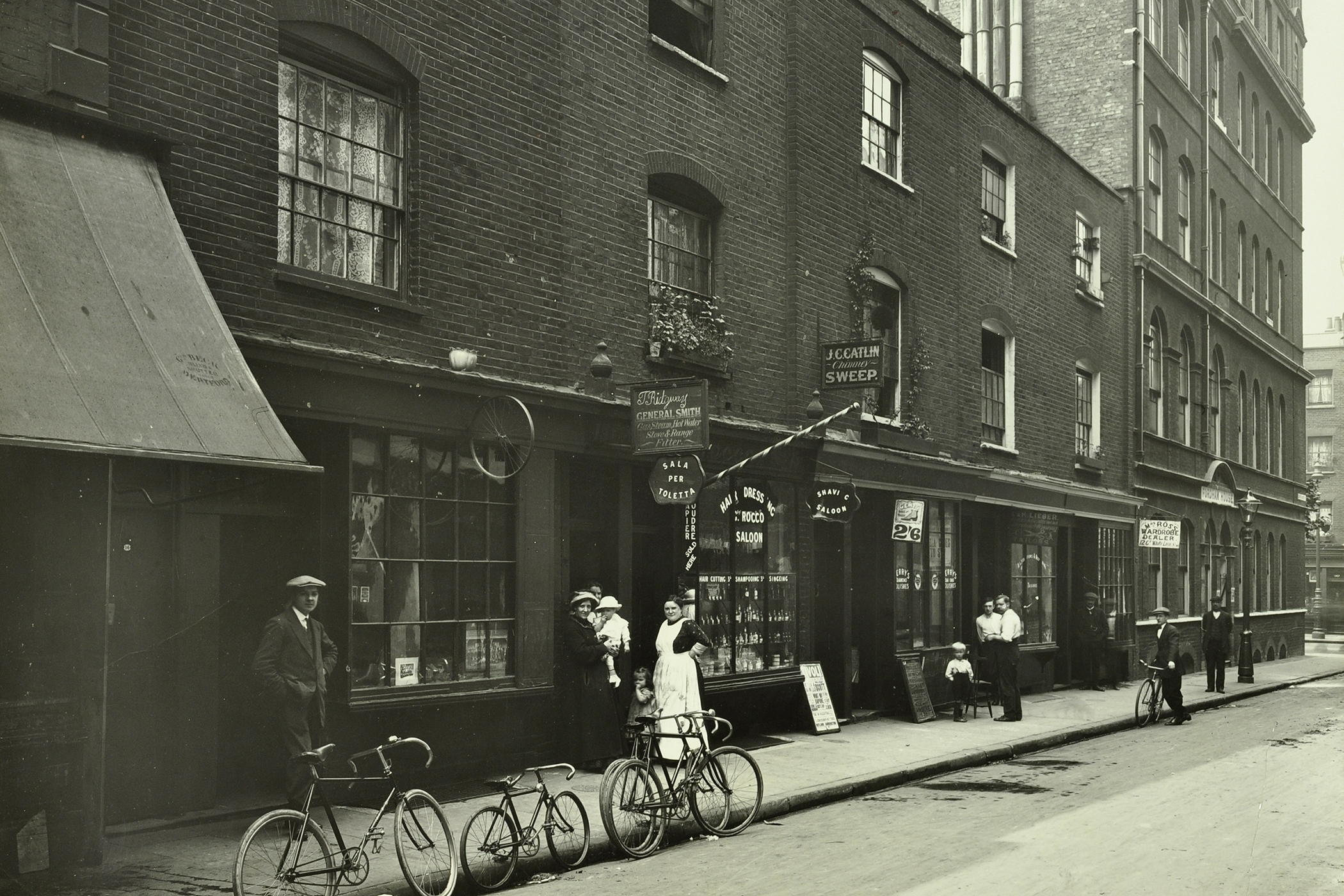The idea of a “lawless London” – where knifemen stalk the streets and no one feels safe – has become a popular refrain in viral clips and political rhetoric on both sides of the Atlantic.
The evidence, however, tells a different story: murder and manslaughter rates have dropped to their lowest level since 2003, and youth violence continues to decline.
New data from the Metropolitan Police, shared by London’s Violence Reduction Unit (VRU), which brings together agencies across London to tackle violence through early intervention, shows knife crime per capita dropped 12% in the period from January to August 2025, compared with the same eight months in 2024. And while the summer months would typically see a troubling spike in youth violence, this year no teenagers or young adults were killed during the holiday period.
Lib Peck, head of the VRU, says: “Any misinformation, particularly now in society, is really depressing and it polarises groups. London is a safer city than many European cities and most of the cities in America.”
London recorded 1.2 homicides per 100,000 people in 2024, according to Home Office figures, which, despite outpacing the average rate for England and Wales, places it among the safest major cities globally. In the same year, Toronto recorded 4.8 homicides per capita, New York City recorded 4.5, and Berlin 1.4.
Homicides are on track to reach a 10-year low this year. If figures dip below 95 – the number killed in 2014 – this would mark a 50-year low.
“These figures are important because they make people feel safer, and they’re obviously important because they are safer,” says Peck.
“It is also really important that we remember that they are about people and they’re of little comfort to anybody who has been caught up in violence or been affected profoundly by violence or, particularly obviously, if you’ve experienced the death of a loved one.”
This month, Andrew Featherstone, the Met’s commander for frontline policing, said that it suited “some people, organisations and others” to push the narrative that London was increasingly unsafe and that robbery and knife crime are on the rise. This move to paint London as a lawless city, often linked to Islamophobia and anti-immigration rhetoric, and echoed by politicians such as US President Donald Trump and Reform UK leader Nigel Farage, ignores an important fact: the capital’s violent crime rate, which does not include homicide, has been lower than the average figure for England and Wales since 2018.
The VRU reports a 41% reduction in hospital admissions as a result of knife crime in under-25-year-olds in London in the six years since it was set up. And research from Cardiff University shows violence-related hospital attendances have fallen across nearly all age and gender groups in England and Wales since 2016. Among 11- to 17-year-olds, attendances were down by 31% in 2024, while for 18- to 30-year-olds the drop is even steeper, at 45%. The most dramatic decline is seen among men aged 18 to 30, with attendances halving over the same period.
While public concern often focuses on youth violence, today, a man aged 31 to 50 is more likely to be admitted to hospital with a violence-related injury than a boy aged 11 to 17.
London does, however, face a significant problem with theft. In the year ending March 2024, the capital recorded 8.8 thefts per 100,000 people – more than four times the national average, and 2.5 times higher than the figure for 2015. The rise in phone snatching and other property crime represents a genuine cause for concern.
But it’s crucial to distinguish between feeling unsafe and being unsafe: while a person’s phone may be at greater risk in London today, that person is statistically safer from violent harm than they have been in decades.
‘Violence meant pretending to be someone I was not’

By the time he was 16, Sujat Koyes, pictured above, had been slashed with a knife and knocked unconscious. He had dished out his own share of violence too.
“When I go home, violence: my mum’s getting abused. I come to school, I'm getting beat up,” he says. “There was nowhere for me to go where there’s no violence.”
Now 20 years old, he has spent the past two years rebuilding his life, training as a youth worker and taking part in outreach projects.
The turning point came in 2023 when Jamee, his youth worker at the time, reached out to him while his mental health spiralled following a knife attack.
“I broke down,” Koyes says. “And [Jamee] was still with me. He wasn’t laughing, he wasn’t being biased and judging me, just listening.”
Koyes and his family had been bounced from borough to borough in the east of London for years as his mother tried to escape cycles of abuse. For Koyes, this meant new schools – often on the wrong sides of old conflicts. He became increasingly violent himself.
“I was pretending to be someone I'm not,” he says. “That was my only way to not be hurt and not get beat up.”
Koyes, Jamee and the Osmani Trust were supported by the London Violence Reduction Unit’s My Ends programme, which invests in community-based support for young people at risk of violence, gang involvement and criminality. Koyes passed his level two youth worker qualification earlier this year.
Still, despite two years of hard work and a gang mediation to help to settle old feuds, Koyes was recently the victim of a targeted attack with a hammer.
After the attack he called Jamee, who came to the hospital.
“If I was in hospital that day on my own,” he says, “I don't think I’d be speaking to you right now. I’ll be honest with you.”
This time there was no rush to vengeance or spiral into the sort of depression he had suffered in the past.Instead, it’s his role as a youth worker that keeps him focused on the future.
“I'm working with these kids that have no one else. I'm the only person there for them. I can't let these kids down, I have to do my best.”
Photograph by Antonio Olmos




